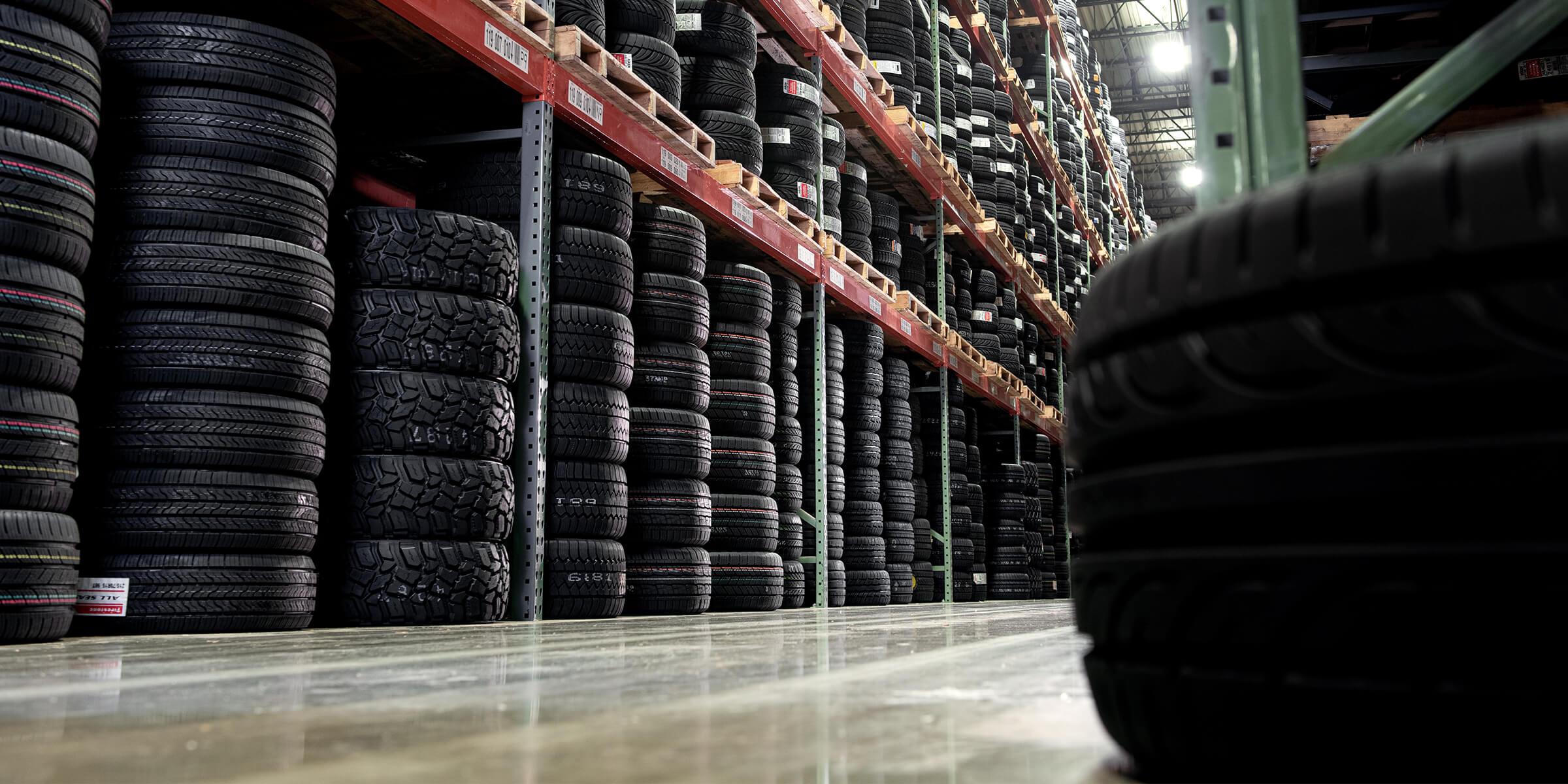Tire Service: The Influence of Climate Condition
When it comes to ensuring optimal efficiency and safety on the road, recognizing the impact of weather problems on tire solution is important. In this conversation, we will explore the detailed partnership in between weather condition conditions and tire service, shedding light on the significance of weather-specific tire maintenance practices and factors to consider.
Heat and Tire Performance
When subjected to heats, tires experience adjustments in performance that can considerably affect vehicle safety and security and handling. The heat produced from long term driving or warm weather condition problems creates the tire rubber to soften, resulting in lowered walk life and raised wear. As the rubber comes to be softer, the tire's grasp when driving diminishes, influencing braking ranges and overall grip. In extreme situations, extreme heat can also trigger tire blowouts, positioning a severe safety risk to the vehicle and its passengers.
Moreover, heats can speed up the procedure of tire aging, causing the rubber to weaken a lot more rapidly. This can result in cracks, bulges, and various other kinds of damage that endanger the architectural stability of the tire. To reduce the impacts of heat on tire efficiency, drivers need to frequently check their tire stress, revolve tires to make sure also use, and check for any signs of damages. In addition, making use of tires especially developed to stand up to high temperatures can aid maintain ideal performance and safety when driving.
Cold Climate Results
Winter problems can have a substantial effect on tire efficiency and safety. As temperature levels decrease, tire rubber can set, resulting in lowered grip on icy or snow-covered roads. In winter, tires may additionally lose air stress much more quickly, which can affect handling and fuel effectiveness. Furthermore, cool temperature levels can cause tire sidewalls to tense, enhancing the threat of damage from pits or various other roadway hazards.
To alleviate the effects of winter on tires, it is critical to routinely examine tire stress and inflate them to the producer's advised levels. Making use of winter months or all-season tires developed for cool climate conditions can additionally boost traction and grip on icy or snowy roads - tire shop morris. Correct tire upkeep, consisting of regular examinations for wear and damages, ends up being even extra important during chillier months to make certain ideal performance and safety
Rainy Conditions Impact
During stormy conditions, tire efficiency and safety can be dramatically influenced by the damp roadway surface areas and reduced presence. The step pattern of tires plays a crucial role in maintaining grip on damp roadways. Tires with damaged footsteps are a lot more prone to hydroplaning, where a layer of water accumulates in between the tire and the roadway surface area, bring about loss of grip. To battle this, vehicle drivers should routinely inspect their tires for appropriate tread deepness and consider investing in tires particularly designed for damp conditions.

Snow and Tire Safety
When driving in snowy conditions, having the best tires can make a substantial distinction in security and performance. Winter months tires are designed with special rubber compounds and step patterns to offer better traction on snow and ice contrasted to all-season tires.
In addition to using wintertime tires, it is important to guarantee they are appropriately inflated. Cold weather condition can cause tire stress to drop, influencing grip and handling (mopar tire service specials). On a regular basis examining and preserving the appropriate tire stress is necessary for optimal performance in snowy conditions

Weather-Related Tire Maintenance
When confronted with various climate condition, proper tire upkeep comes to be a crucial facet of automobile safety and security and efficiency. Weather-related tire upkeep incorporates an array of methods targeted at ensuring ideal tire function and long life in different weather condition scenarios. One essential facet of weather-related tire maintenance is tire stress policy. Fluctuating temperature levels can trigger tire stress to vary, influencing traction and look at this site gas performance. Consistently adjusting and examining tire stress according to manufacturer suggestions is important for risk-free driving in altering weather. In addition, tire walk deepness plays a considerable duty in taking care of different weather condition elements. Tires with ample tread deepness that site offer far better grip on wet or icy roads, lowering the threat of hydroplaning or skidding. When tread wear reaches a certain deepness is important for preserving traction and security in negative weather, evaluating tire tread routinely and changing tires. By focusing on weather-related tire upkeep, motorists can enhance security, enhance car performance, and prolong the lifespan of their tires.
Final Thought
To conclude, climate condition have a substantial influence on tire performance and safety. From warm affecting tire stress and put on to winter lowering traction, it is necessary to consider the climate when preserving and making use of tires. Wet problems can decrease hold and cause hydroplaning, while snow can boost the danger of accidents if tires are not appropriately equipped. Weather-related tire upkeep is important in guaranteeing ideal efficiency and safety when driving.
In this conversation, we will certainly explore the intricate connection between climate problems and tire service, dropping light on the significance of weather-specific tire upkeep techniques and factors to consider.
